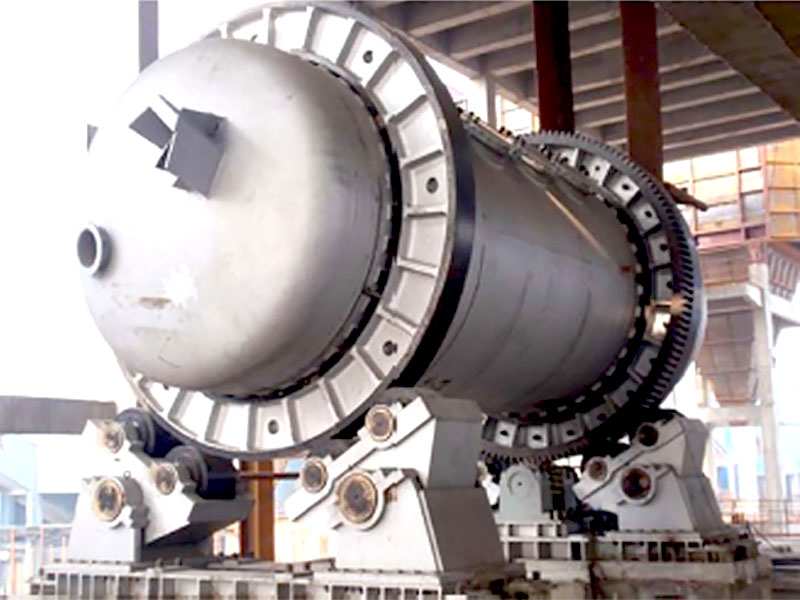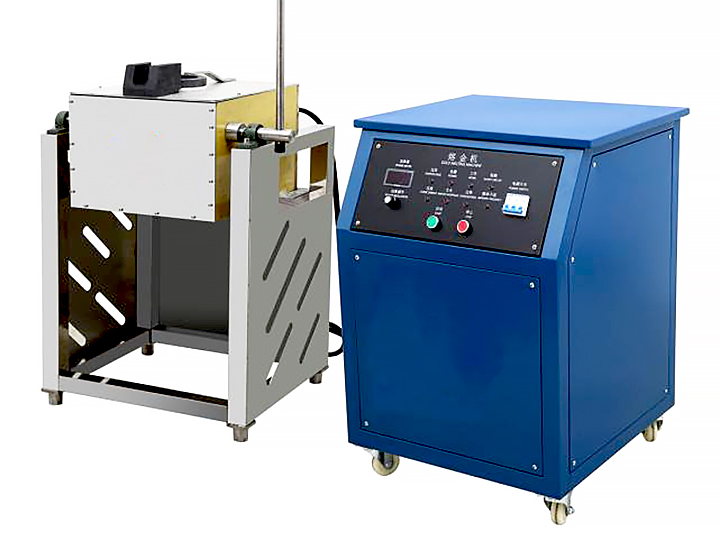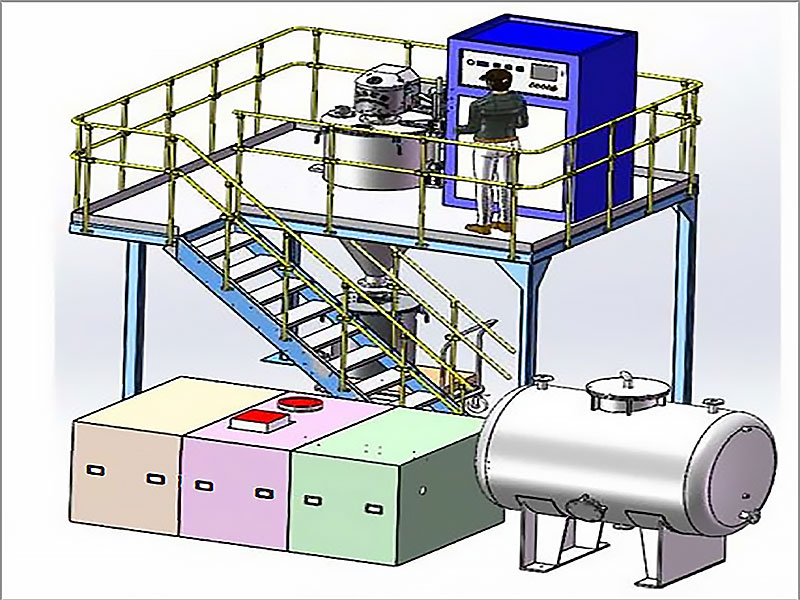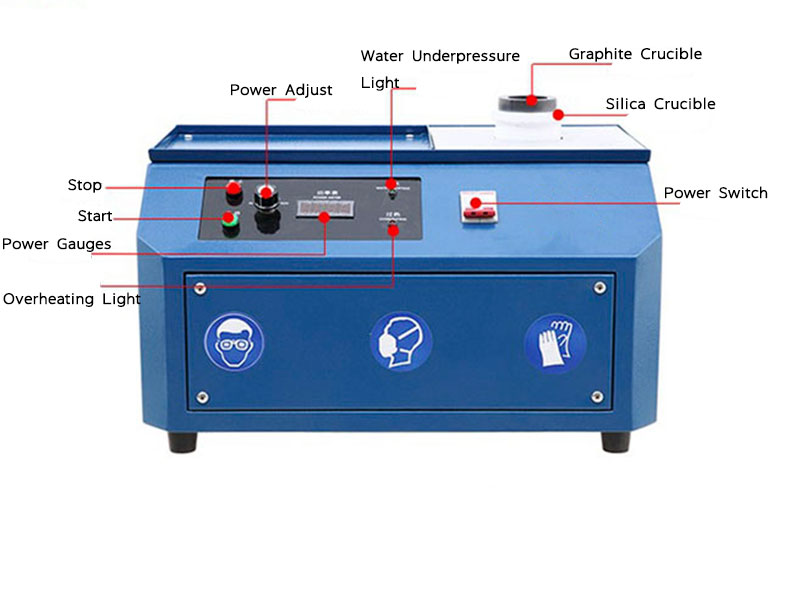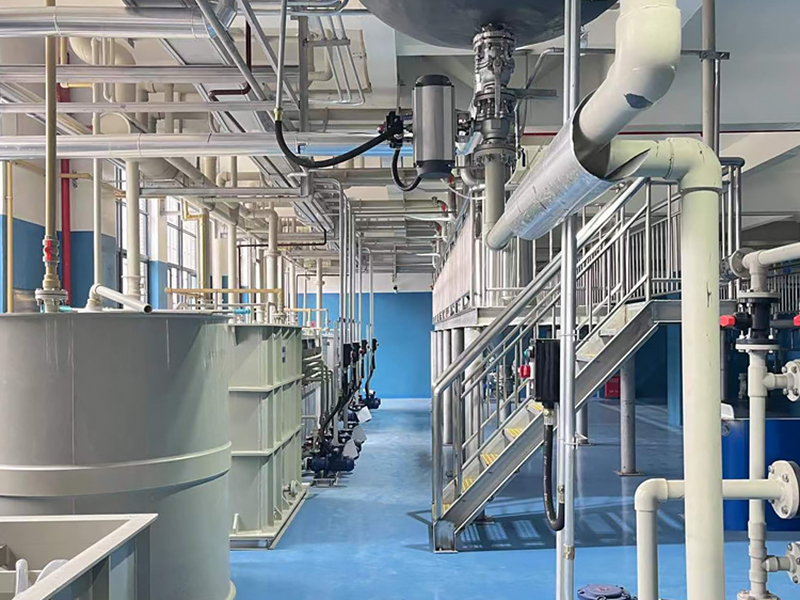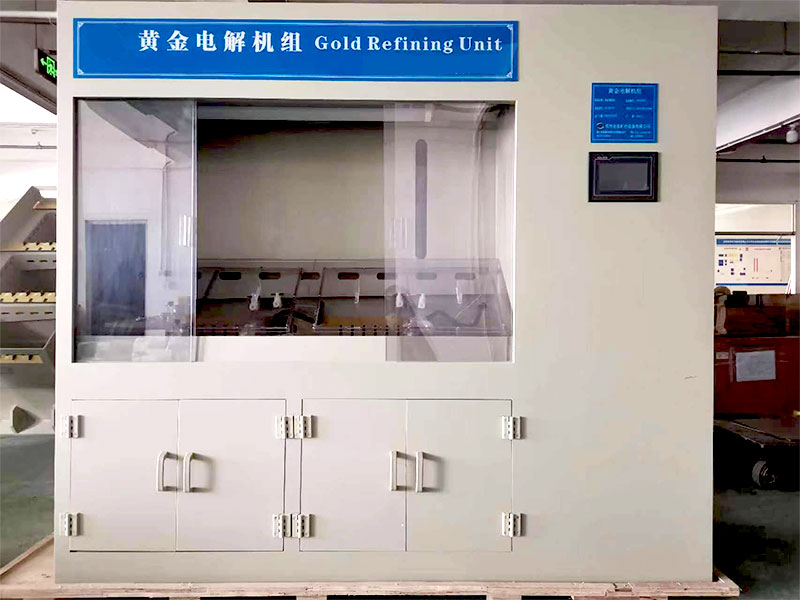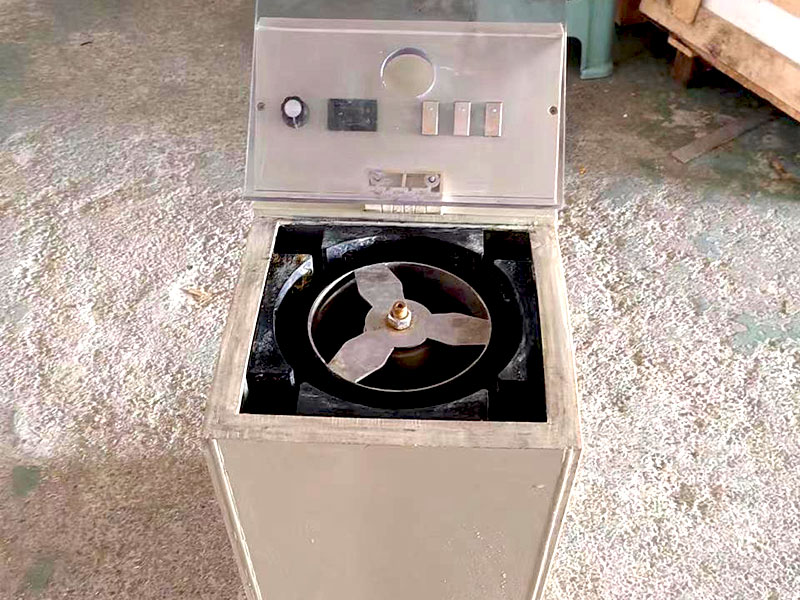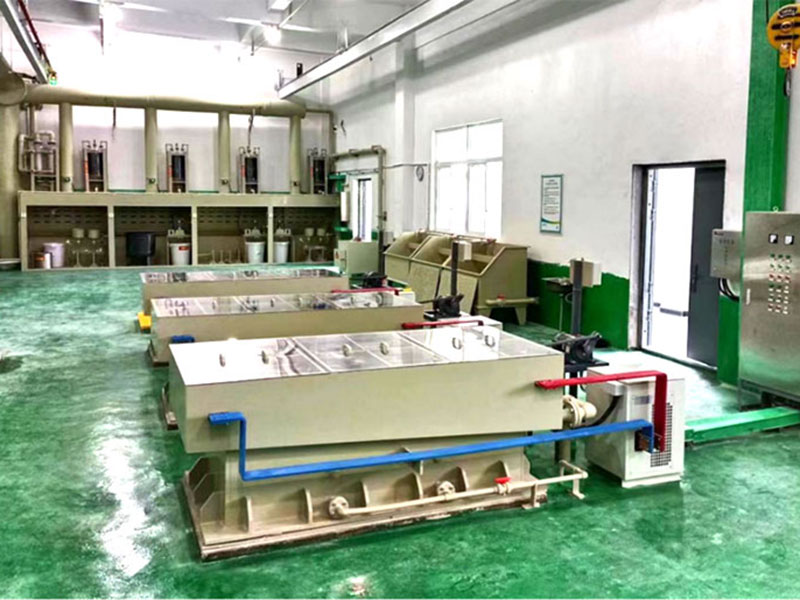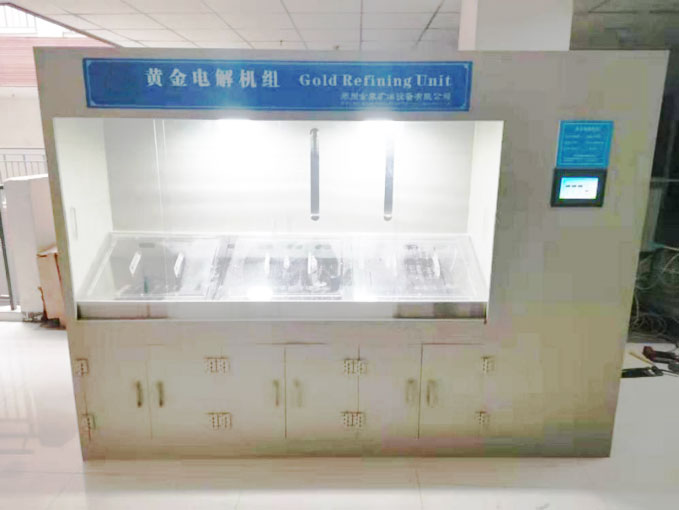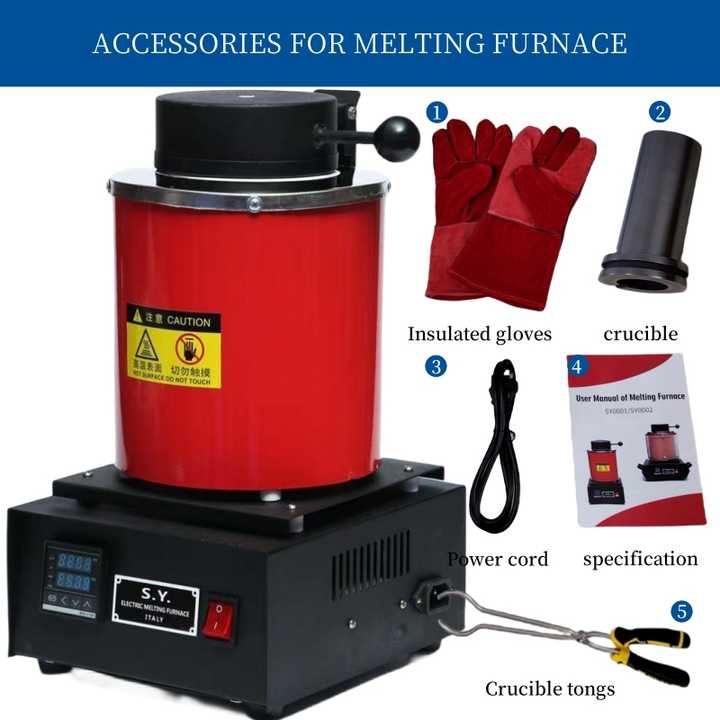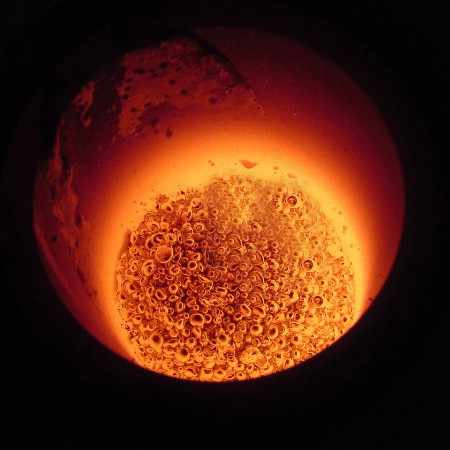gold smelting kiln
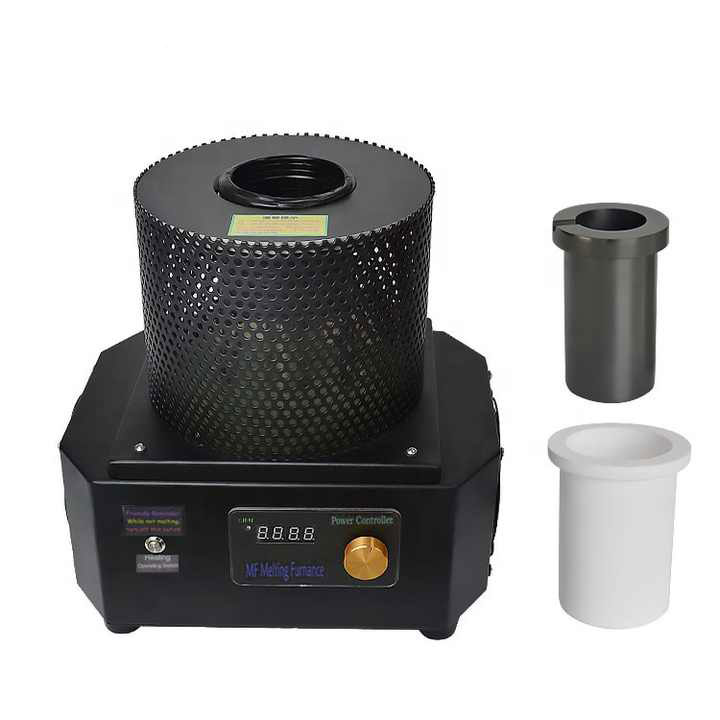
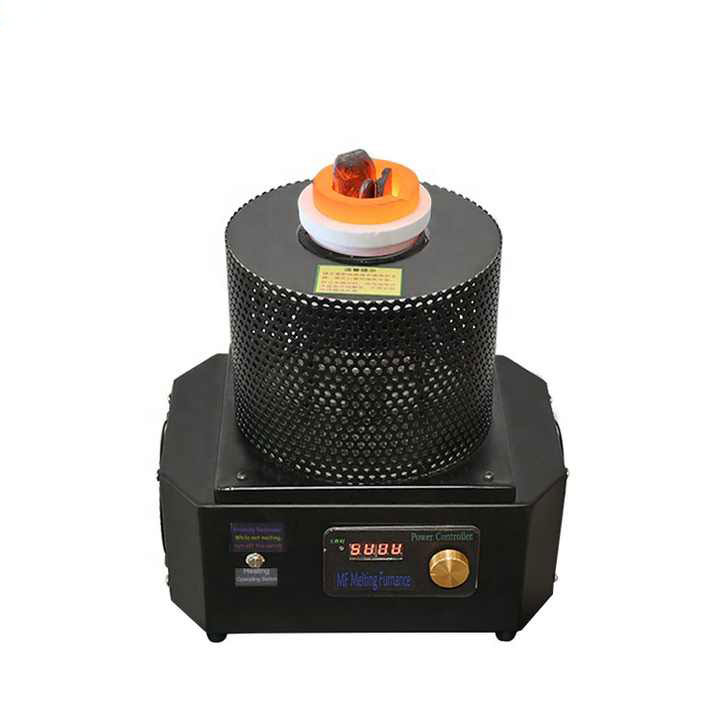
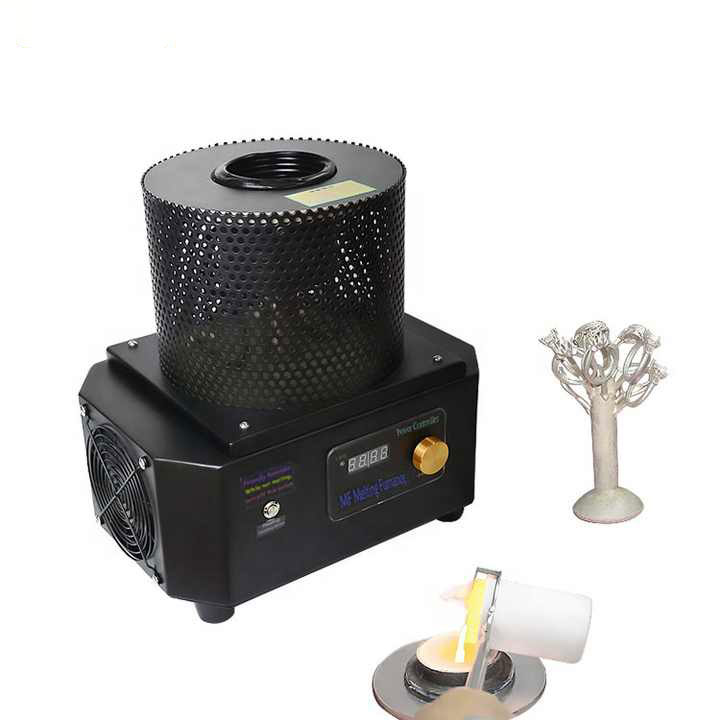
Gold Smelting Kiln A Crucial Tool for Refining Gold
A gold smelting kiln is an essential piece of equipment for anyone involved in the refining and purification of gold. Whether you are a professional refiner or a hobbyist, a kiln allows you to safely and efficiently melt gold and other precious metals, removing impurities and transforming them into pure, usable material.
What Is a Gold Smelting Kiln?
A gold smelting kiln is a specialized furnace designed to withstand the high temperatures required to melt gold. Unlike traditional furnaces, these kilns are tailored specifically for precious metal refining, allowing for controlled heating and a safe environment for smelting. The kiln is used to melt down gold from various forms, such as scrap, nuggets, or ore, and purify it for further use.
Types of Gold Smelting Kilns
There are several different types of gold smelting kilns available, each with its unique benefits depending on the scale and complexity of the smelting process.
Electric Kilns
Electric kilns are a popular choice for small to medium-scale smelting operations. These kilns offer precision temperature control, allowing users to maintain the exact heat needed to melt gold without overheating or causing damage to the kiln. They are also easier to use and maintain compared to other kiln types, making them ideal for hobbyists or smaller workshops.
Gas-Powered Kilns
Gas-powered kilns are another option, commonly used in larger or industrial gold smelting operations. These kilns can reach extremely high temperatures quickly, making them suitable for melting large quantities of gold or working with gold ore that requires significant heat for smelting. However, gas kilns require more setup and maintenance than electric kilns and may need professional oversight for safe operation.
Microwave Kilns
For those just starting out in gold smelting, microwave kilns offer a low-cost, easy-to-use option. These kilns are designed to work with standard household microwaves and are capable of reaching the temperatures required to melt small amounts of gold. While they are not suitable for large-scale operations, microwave kilns are a great entry point for hobbyists interested in smelting gold.
How Does a Gold Smelting Kiln Work?
The primary function of a gold smelting kiln is to generate enough heat to melt gold while controlling the environment to avoid contamination. Gold has a melting point of approximately 1,064°C (1,947°F), so the kiln must be able to reach and maintain this temperature consistently.
Preparing the Kiln
Before starting the smelting process, the kiln must be properly prepared. This involves placing a crucible inside the kiln to hold the gold material. The crucible is typically made from a heat-resistant material such as graphite or ceramic, which can withstand the high temperatures of smelting.
Loading the Kiln
Once the kiln is ready, the gold material, whether it is scrap, nuggets, or gold ore, is placed inside the crucible. It’s essential not to overfill the crucible, as this could lead to uneven heating or spilling of molten gold.
Heating Process
The kiln is then heated to the required temperature. This is done gradually to avoid thermal shock, which could damage the crucible or kiln. As the temperature increases, the gold begins to melt, and any impurities rise to the surface as slag, which can be skimmed off. The controlled heating environment of the kiln ensures that the gold melts uniformly without becoming contaminated.
Cooling and Extraction
After the smelting process is complete, the kiln must be carefully cooled to avoid cracking or damaging the crucible. Once cooled, the crucible is removed, and the purified gold can be extracted. The gold is now ready for further refining, casting into bars, or use in jewelry.
Advantages of Using a Gold Smelting Kiln
There are several advantages to using a gold smelting kiln over other smelting methods.
Precision Temperature Control
One of the most significant advantages of a gold smelting kiln, particularly electric kilns, is the precision temperature control they offer. This is crucial for ensuring that the gold melts without overheating or being exposed to unnecessary risks. The consistent temperature control also ensures that impurities are properly separated from the molten gold.
Efficiency in Smelting
Kilns are highly efficient, allowing users to smelt gold quickly and effectively. Whether you are working with small quantities or large batches, a kiln provides the heat needed to melt gold in a controlled, safe manner. This efficiency is especially valuable in industrial settings where time and output are critical.
Safety and Containment
Gold smelting kilns are designed to provide a safe environment for smelting precious metals. By enclosing the gold and maintaining a controlled heat source, kilns reduce the risk of spills, accidents, or contamination. For hobbyists and small-scale refiners, this safety is paramount.
Choosing the Right Gold Smelting Kiln
When selecting a gold smelting kiln, several factors need to be considered to ensure the right choice for your specific smelting needs.
Size and Capacity
The size of the kiln is one of the first factors to consider. For hobbyists or small operations, a smaller kiln may be sufficient, while larger kilns are necessary for industrial-scale smelting. The capacity of the kiln will determine how much gold can be smelted at one time, making it important to match the kiln size to the scale of your operation.
Power Source
The choice between electric, gas, or microwave kilns depends on your needs and available resources. Electric kilns offer easy operation and precise control, while gas kilns are more suited to large-scale operations. Microwave kilns are ideal for beginners looking for a low-cost solution for small smelting projects.
Material Durability
The kiln’s construction materials also play a role in its durability and effectiveness. High-quality materials such as firebricks, refractory cement, or metal casings ensure the kiln can withstand repeated exposure to extreme heat. Ensuring your kiln is made from durable materials will extend its lifespan and ensure safe, consistent results.
Maintenance of a Gold Smelting Kiln
Proper maintenance of a gold smelting kiln is essential to ensure its longevity and efficient operation.
Regular Cleaning
After each smelting session, it’s important to clean the kiln thoroughly. Any leftover slag or contaminants could affect the quality of future smelts. The crucible should also be cleaned after each use to prevent the build-up of impurities.
Inspecting for Wear
Regularly inspect the kiln for any signs of wear or damage. This includes checking the interior for cracks or deterioration in the refractory materials. Addressing any issues promptly will prevent larger problems down the line.
Proper Storage
When the kiln is not in use, it should be stored in a dry, cool place to prevent moisture from damaging the refractory materials. Proper storage will help extend the lifespan of the kiln and ensure it remains in good working condition for future smelting operations.
A gold smelting kiln is an indispensable tool for anyone involved in the smelting and refining of gold. Whether you’re using an electric kiln for precise temperature control, a gas-powered kiln for large-scale operations, or a microwave kiln for small projects, the right kiln can significantly enhance your smelting process. By understanding how to use and maintain a kiln, you can ensure that your gold smelting endeavors are safe, efficient, and successful.

